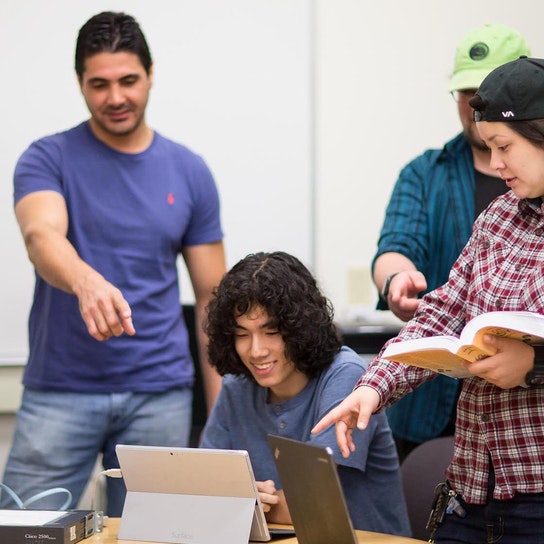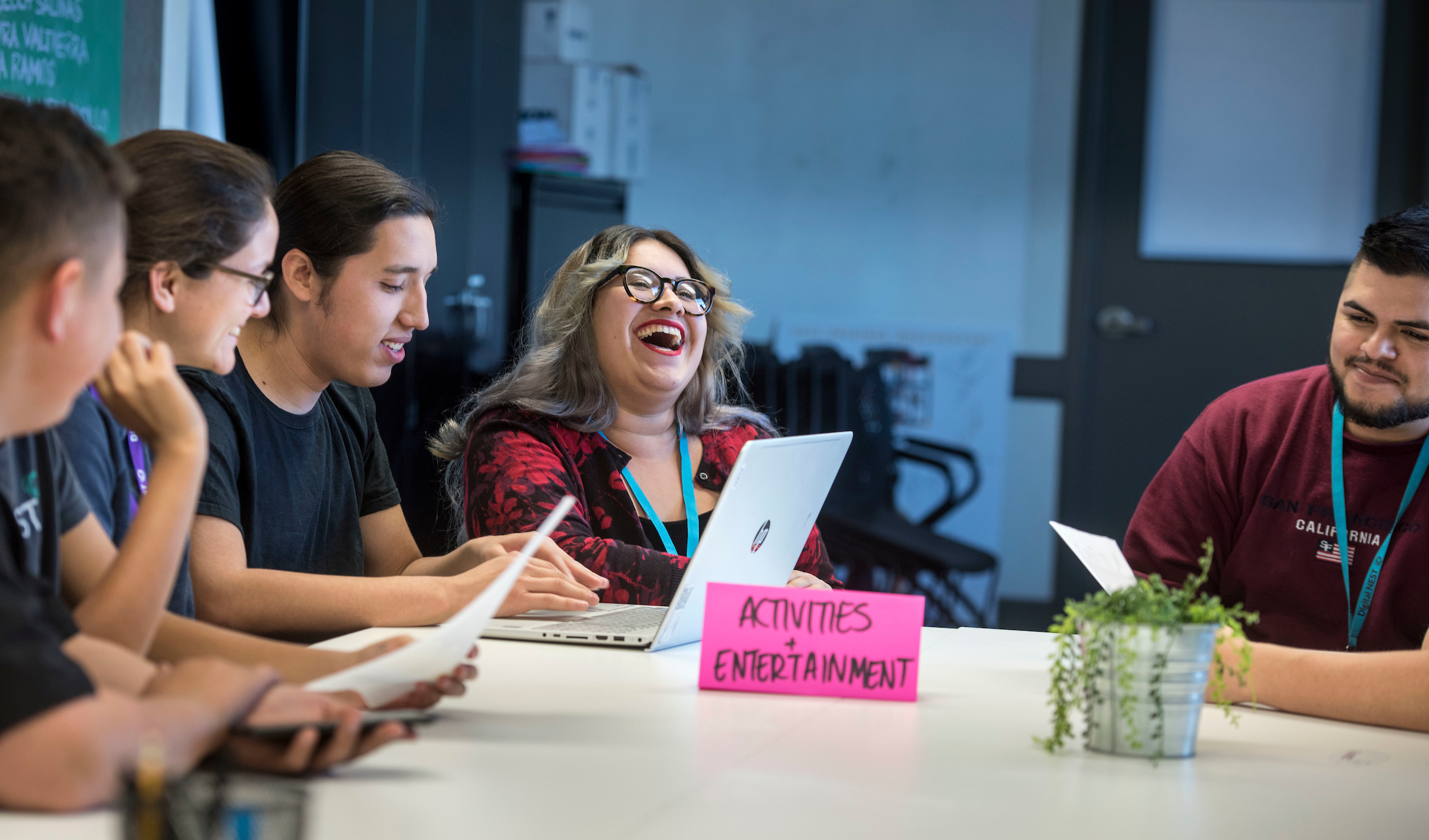.png)
What's a Career in CIS?
Computer Information Systems marries customer service and business training with solid technical computer skills. It centers on a business-based application of computer systems.
The CIS field tends to be more practical than traditional computer science, which is highly technically focused. Computer Information Systems encompasses careers such as CIS managers, systems analysts, or programmers, anything that has to do with data input and the operation of computers within businesses and organizations.
For example, a computer information systems manager oversees a business or organization’s technology and computer-based activities. Potential careers and occupations are computer programmers, software & applications developers, computer systems engineers, and much more!


Why a Career in CIS?
"Every Business Needs Information Technology (IT) Experts. That Expert Can Be You!" - Cabrillo College CIS
The computer information systems field is growing, especially with the emergence of new technologies. It is a field that allows for economic prosperity, with room for advancement. People with this type of experience and certification are often in high demand. Very few fields offer such a promising outlook.
The field of computer programming is expected to grow by 20% within the San Francisco Bay Region between 2017-2022 (Source: SF Center of Excellence 12/2018). Stay close to home and get paid to do so!
With the help of the PVUSD Signature Pathway, you can get an associates degree and relevant work experience to land an entry level job with a decent salary. In addition, you can get certifications while you work that can increase your pay over time.
Explore the Pathways to a Career in CIS
You have multiple options and paths to get to a career in computer information systems. Whether you want to make your way into a 4-year institution or jump right into skill-based certifications, explore the map below to find which path may be the best fit for you. You can click the graph below to expand the image and make it bigger! Then continue reading on past the graph for more detail on each pathway stepping stone.
High School Courses
When you start out in the Programming Signature Pathway at PVUSD, you may take three courses that may provide college credits, giving you the opportunity to become certified fresh out of high school. These courses include Intro to Computer Information Systems, Programming 1, and Programming 2.
Digital NEST
Digital NEST offers a safe space to apply the technical skills young people learn at either high school, Cabrillo College, or NEST training through hands-on projects that solve a problem. Learners can design and develop websites, help the NEST maintain technology, work to increase internet accessibility in remote communities, and more.
Cabrillo College
Whether you’re transitioning from Digital Nest or PVUSD, Cabrillo College awaits you with open arms to further your education in computer science or computer information systems! Within the CIS program itself, there are three pathways that you can embark on once you’re at Cabrillo College – Cybersecurity, Computer Networking and System Administration (CNSA), and Computer Support Specialist (CSS).
Certificates & Degrees
From CC, you can complete a certificate program, achieve a 2-year-degree, or matriculate to a 4-year university to further your education. Cabrillo College offers two Associate of Science Degrees, three Certificates of Achievement, and Six Skills Certificates. Click here to learn more!
Digital NEST offers guidance on how to get industry recognized certifications such as Google IT Professional Certification, Cisco Academy Comp TIA certification and more. Click here to learn more!
Employment
With average salaries ranging from $82,000 to $140,000 a year, a career in Computer Information Services pays off -- literally. While many career pathways may require you to relocate, the field of computer programming is expected to grow by 20% within the San Francisco Bay Region between 2017-2022. Stay close to home and get paid to do so!


www.etr.org | Copyright 2025 | ETR is a 501 (c) 3 EIN #94-2760764
This work is supported by Grant #1837655 from the National Science Foundation. Contents of this page are solely the responsibility of the authors and do not necessarily represent the official views of the National Science Foundation.
.png?width=400&height=106&name=etr%20logo%20small%20for%20yen%20(1).png)





-1.png)
.png)
.png)
.png)
.png)
.png)
